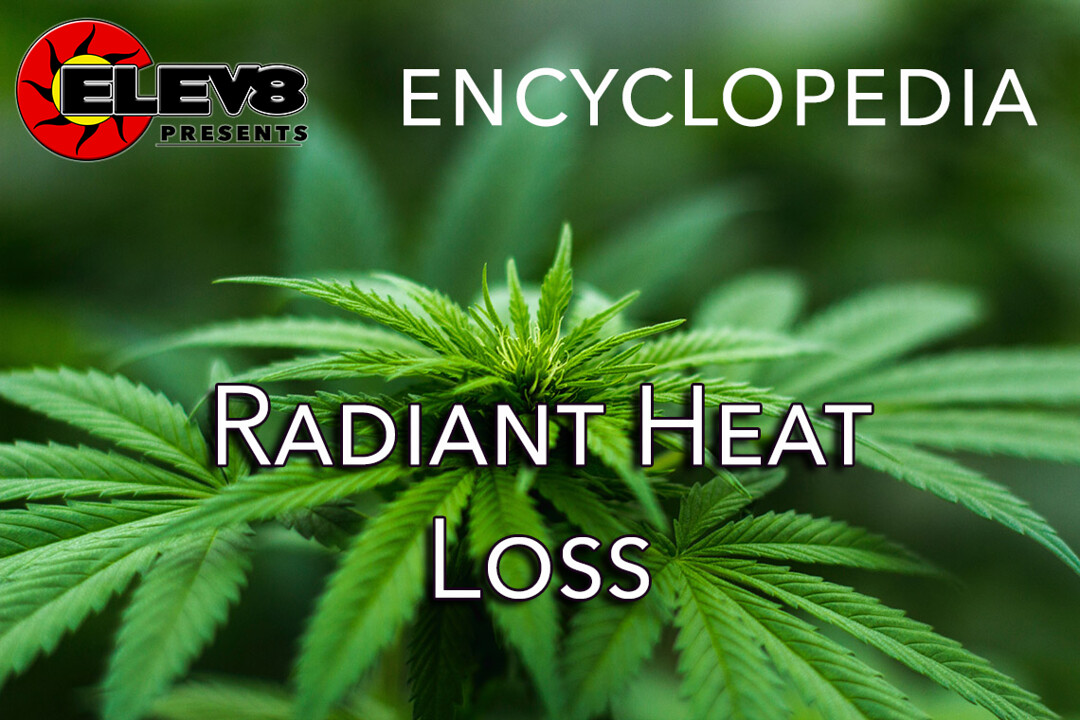What does Radiant Heat Loss mean?
Radiant heat loss is a term used to describe the transfer of heat from a warm body, such as a plant, to a cooler medium, such as the air above the plant, the soil below the plant, or a greenhouse cover. It can also be used to describe heat loss from the greenhouse to the outer environment.
More on Radiant Heat Loss
In any greenhouse, maintaining the right temperature for plant growth is essential. While the physical structure of the greenhouse will prevent plant damage from frost, or from high winds or harsh sunlight, it is also responsible for some heat loss. Temperature control within a greenhouse is a critical consideration, and steps need to be taken to prevent heat loss at night, particularly during colder months.
While there are many ways that heat can be lost, one of the most difficult to control is radiant heat loss. As the greenhouse warms during the day (through direct exposure to sunlight), the air, plants, and soil within the greenhouse also warm. Once plants and the soil within the greenhouse warm to a temperature higher than the outside air, they begin radiating heat (infrared) of their own back into the environment.
While some of this heat will be reflected back into the greenhouse by the covering or tiling used, some of it will escape into the environment around the greenhouse. The greater the temperature difference between the plants, soil, and air in the greenhouse and the exterior environment (say, a warm greenhouse on a cold winter night), the greater the radiant heat loss will be.
Combating radiant heat loss can be done in several ways, including using an opaque covering around, between, and above plants. However, there is no way to completely eliminate it.







